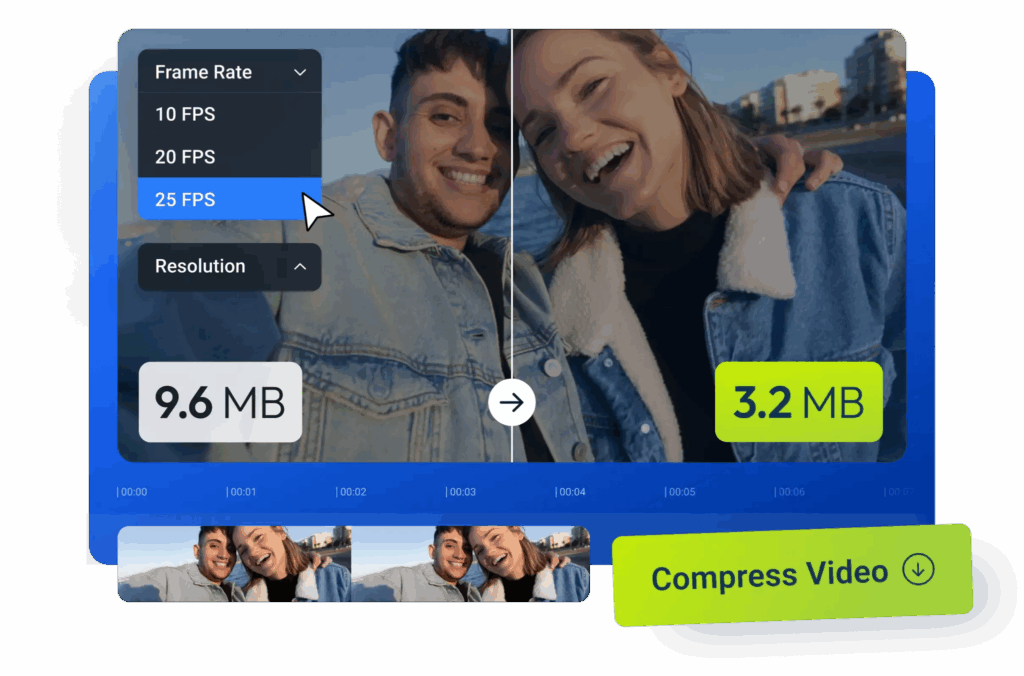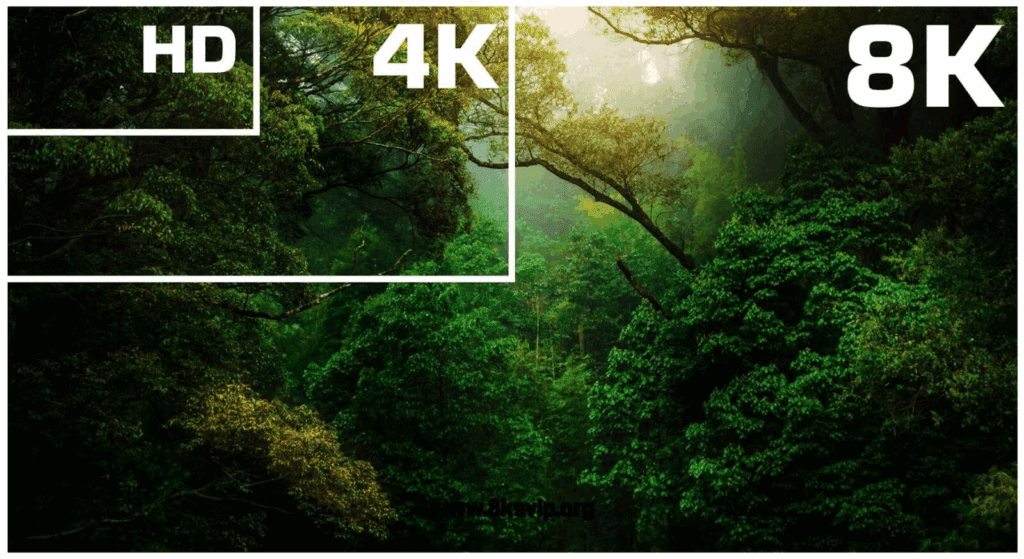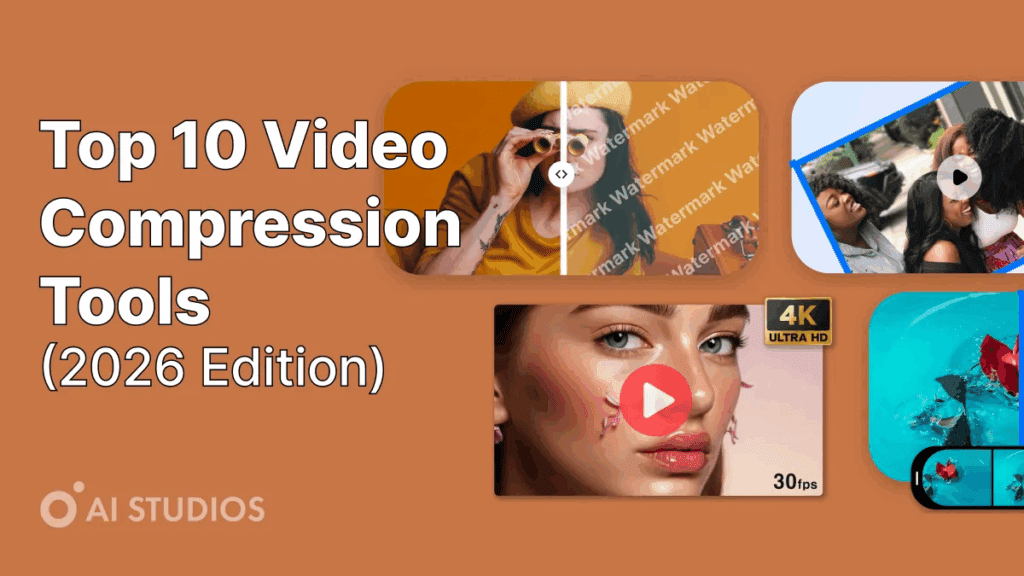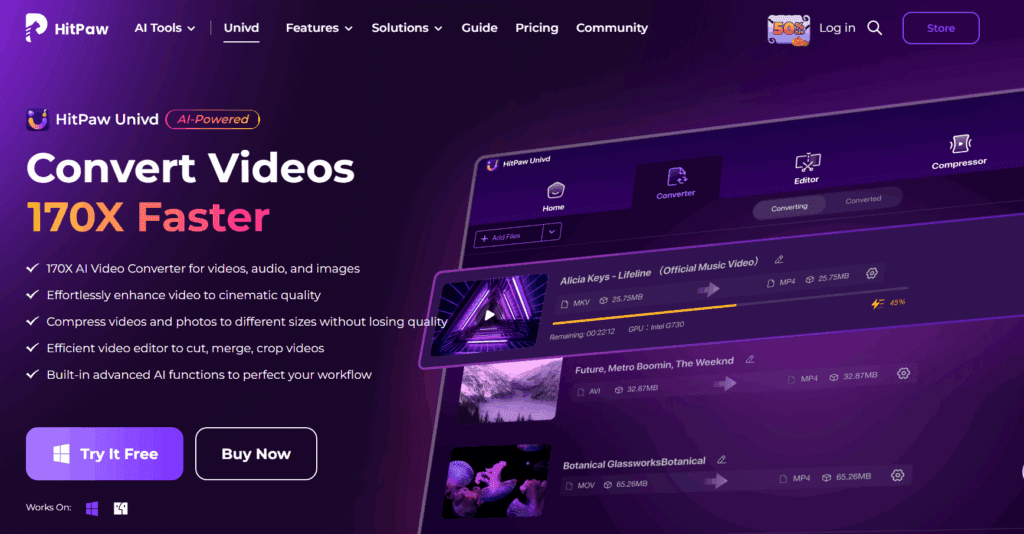Video Compression: The Complete 2025 Guide to Efficient Video Optimization

Video compression is more than just a technical step, it’s the foundation of online media efficiency. In 2025, with the explosion of 4K, 8K, and live-streaming content, video compression ensures faster streaming, lower bandwidth costs, and smoother viewing across devices.
What Is Video Compression?
Video compression is the process of reducing the file size of a video by removing redundant data while preserving acceptable visual quality. It uses algorithms, known as codecs, to encode and decode video data efficiently.
Lossy vs. Lossless Video Compression
- Lossless compression retains every bit of the original data, perfect for editing or archiving.
- Lossy compression sacrifices some details for dramatic file-size reductions, ideal for streaming and distribution.
How Video Compression Works
- Frame Analysis: The encoder compares consecutive frames and removes duplicates or similarities.
- Bitrate Control: Bitrate determines quality and size, lower bitrate equals smaller files but reduced sharpness.
- Entropy Coding: Repetitive patterns are compressed to use fewer bits, improving efficiency.
How To Use Video Compression
Learning how to use video compression effectively can help you maintain excellent visual quality while minimising file size. Whether you’re preparing a YouTube upload, streaming on Twitch, or optimising videos for your website, these steps will guide you through the process.
- Choose the Right Compression Tool
- Beginners can use online tools like FreeConvert or Flixier.
- Intermediate users can use HandBrake, which offers customisable presets.
- Advanced users can automate compression using FFmpeg for batch processing.
- Import Your Video File
- Select Codec and Compression Settings
- Adjust Audio Settings
- Preview and Test
- Export and Save
- Test on Target Platform
The Role of Compression in Digital Media
Every video you stream, from YouTube to Netflix, uses compression to shrink massive files without visible quality loss. Without it, streaming platforms, mobile apps, and websites would lag, buffer, and overload networks.
User Experience and SEO Impact
Faster video load times directly improve user engagement and search visibility. Search engines reward optimized content, so effective video compression not only saves bandwidth but also enhances your video SEO performance.
The Evolution of Video Compression Standards

From DVDs to modern streaming, video compression standards have evolved rapidly. Understanding them helps you pick the right video codec for your needs.
H.264/AVC: The Industry Workhorse
- Still the most widely supported codec.
- Balanced efficiency and compatibility.
- Ideal for general use YouTube, social media, and mobile uploads.
H.265/HEVC: High Efficiency for High Definition
- 25–50% better compression than H.264.
- Perfect for 4K/8K content.
- Slightly higher computational demand.
AV1: The Royalty-Free Future
- Developed by the Alliance for Open Media (Google, Netflix, Amazon).
- 30% smaller file sizes than H.265 with similar quality.
- Gaining hardware and browser support in 2025.
VVC and Beyond
The next generation, VVC (Versatile Video Coding), promises up to 50% better efficiency than HEVC paving the way for 8K, VR, and AR video formats.
Choosing The Right Codec and Settings
Picking the right settings depends on your target platform, audience, and quality goals.
For Streaming Platforms
- Codec: H.264 or AV1
- Resolution: 1080p or 4K
- Bitrate: 4–8 Mbps
- Format: MP4 or WebM
For Mobile Devices
- Codec: H.265 or HEVC
- Resolution: 720p–1080p
- Bitrate: 1–3 Mbps
- Container: MP4
For Archiving and Editing
- Codec: ProRes, DNxHR, or Lossless H.264
- Keep the bitrate high for editing flexibility.
Example Compression Comparison Table
| Use-Case | Codec | Avg. Reduction | Quality Retention |
| Streaming | AV1 | 40–50% | Excellent |
| Mobile Upload | HEVC | 30–45% | Very Good |
| Archiving | ProRes | 10–20% | Lossless |
Learning-Based and AI-Driven Video Compression
What Is Learning-Based Compression?
Learning-based video compression uses artificial intelligence to predict and encode frames more efficiently than traditional codecs. Neural networks learn temporal and spatial relationships between frames, allowing smarter data reduction.
Why It Matters
- Higher quality at lower bitrates
- Adaptive compression for scene complexity
- Reduced artifacts and blockiness
Examples of AI-Driven Codecs
- Google’s Lyra for real-time communication
- Meta’s AI-Compression Research
- Tencent’s End-to-End Learned Video Codec
While still experimental, AI-based compression will likely redefine streaming and real-time communication in the next few years.
Best Practices for Effective Video Compression
To compress videos without losing visible quality, follow these guidelines.
1. Choose the Right Codec
Use H.265 or AV1 for modern workflows, both provide superior compression efficiency.
2. Adjust Bitrate and Resolution Carefully
Lowering bitrate reduces file size but may cause visible artifacts. Always test multiple profiles before finalising.
3. Use Hardware Acceleration
Modern GPUs handle encoding faster and more efficiently than CPUs, reducing processing time.
4. Keep the Audio Stream Optimized
Compress audio using AAC or Opus smaller files, great quality.
5. Verify Compatibility
Ensure the target device or browser supports your chosen codec (AV1 still rolling out in some systems).
Video Compression Tools and Software

Online Tools
- FreeConvert – Simple drag-and-drop interface.
- Flixier – Compress and edit online.
- Zight – Fast batch compression.
Desktop Tools
- HandBrake – Open-source favorite for all formats.
- FFmpeg – Command-line power for automation.
- Adobe Media Encoder – Professional control and presets.
Cloud-Based Compression
Platforms like AWS Elemental MediaConvert and Encoding.com offer scalable, automated video processing for enterprises.
Video Compression for Web and SEO
Optimised videos improve site speed, a direct ranking factor in Google Search. When uploading videos:
- Use MP4 with H.264 or AV1.
- Keep files below 5 MB per minute of video where possible.
- Use lazy loading and CDN delivery for better page performance.
Future Trends in Video Compression
1. AI-Assisted Encoding Pipelines
AI will handle bitrate allocation dynamically based on viewer bandwidth and scene complexity.
2. Edge Compression for IoT and Mobile
Compression happening on-device reduces network strain for mobile and smart-camera applications.
3. Quantum and Neural Codecs
Experimental research hints at neural codecs capable of compressing entire video sequences at previously impossible ratios.
Conclusion
In the evolving digital landscape, video compression remains the key to seamless, accessible video experiences. From efficient H.265 encoding to learning-based AI compression, the ability to balance quality, speed, and bandwidth will define the next era of online media.
Whether you’re a content creator, developer, or streaming engineer, understanding video compression isn’t optional, it’s essential. Start optimizing today to stay ahead in the 2025 video ecosystem.
FAQs
What is the main purpose of video compression?
To reduce file size while maintaining acceptable visual quality for faster delivery and efficient storage.
Can I compress a video without losing quality?
Yes. Use lossless compression or modern codecs like HEVC or AV1 at moderate bitrates.
What’s the best codec for YouTube uploads?
H.264 remains the safest for compatibility, though AV1 is increasingly supported.
How much can I compress a video file?
Depending on the codec and content, you can achieve up to 50%–70% reduction without visible quality loss.
What is the future of video compression?
AI-driven and learning-based codecs will dominate, providing higher efficiency and adaptability across devices.




